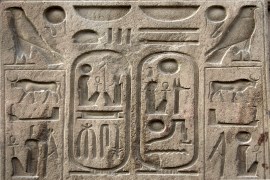Collections | Livre | Chapitre
Identifying adequate models in physico-mathematics
descartes' analysis of the rainbow
pp. 431-448
Résumé
The physico-mathematics that emerged at the beginning of the seventeenth century entailed the quantitative analysis of the physical nature with optics, meteorology and hydrostatics as its main subjects. Rather than considering physico-mathematics as the mathematization of natural philosophy, it can be characterized it as the physicalization of mathematics, in particular the subordinate mixed mathematics. Such transformation of mixed mathematics was a process in which physico-mathematics became liberated from Aristotelian constraints. This new approach to natural philosophy was strongly influenced by Jesuit writings and experimental practices. In this paper we will look at the strategies in which models were selected from the mixed sciences, engineering and technology adequate for an analysis of the specific phenomena under investigation. We will discuss Descartes' analysis of the rainbow in the eight discourse of his Meteorology as an example of carefully selected models for physico-mathematical reasoning. We will further demonstrate that these models were readily available from Jesuit education and literature.
Détails de la publication
Publié dans:
Magnani Lorenzo (2014) Model-based reasoning in science and technology: theoretical and cognitive issues. Dordrecht, Springer.
Pages: 431-448
DOI: 10.1007/978-3-642-37428-9_23
Citation complète:
Heeffer Albrecht, 2014, Identifying adequate models in physico-mathematics: descartes' analysis of the rainbow. In L. Magnani (ed.) Model-based reasoning in science and technology (431-448). Dordrecht, Springer.










